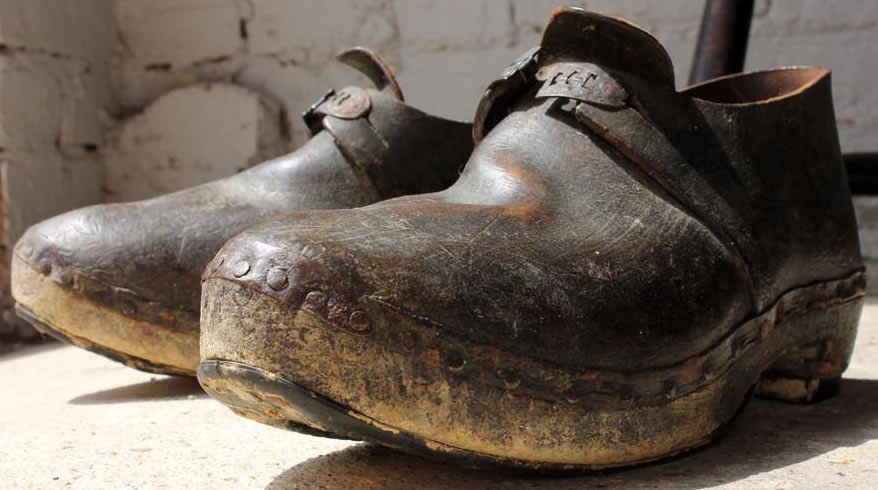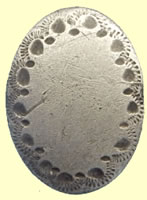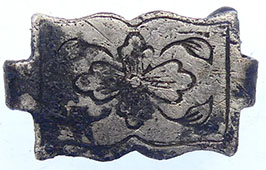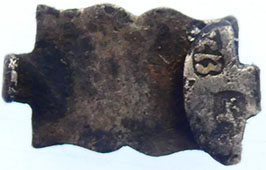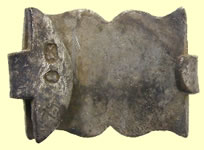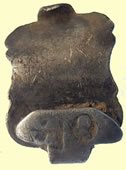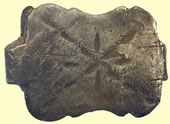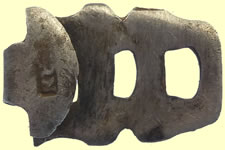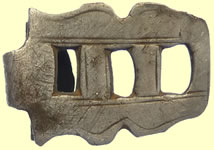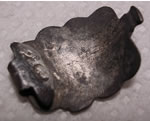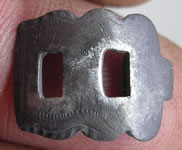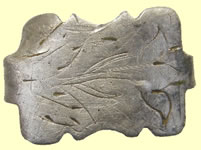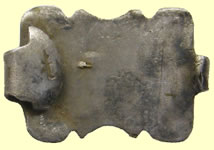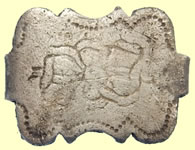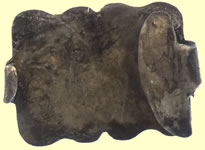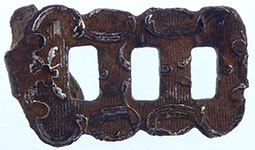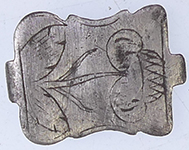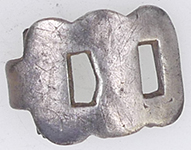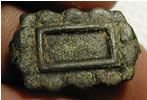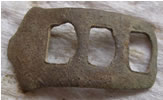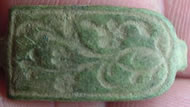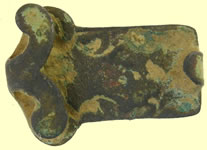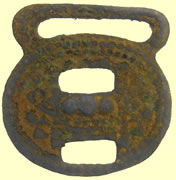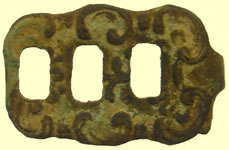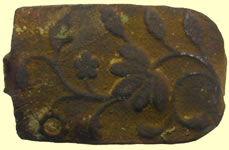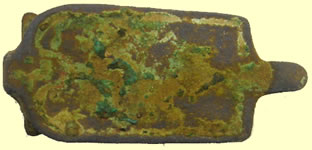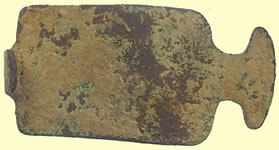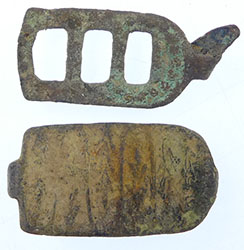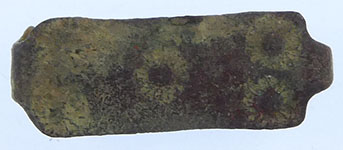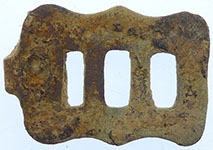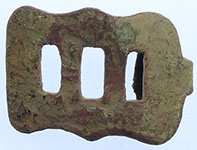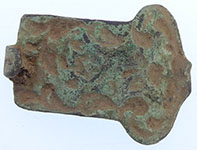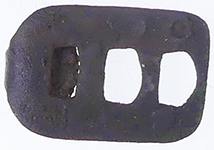

Metal detecting holidays in England with the World's most successful metal detecting club.20 years plus.
Twinned with Midwest Historical Research Society USA.
17th/ 18thC Clog and shoe fastenersClogs: Footwear made either completely of wood, or having a wooden sole to which a leather, rubber, or cloth covering may be attached. Until the end of the 18th century, clogs were what the majority of people wore on their feet, as they were inexpensive and protective. The clasps made for use on clogs and shoes were made in two parts: the clasp (the hook side) and the hasp (the cut out section) to take the hooked part of the clasp Clogs or sabots were probably developed from the high wooden pattens worn by ladies of fashion to protect their shoes from the muddy streets between the 16th and 18th centuries. Wooden poulaines were also worn as overshoes in the fourteenth century to protect the delicate fabric footwear. When peasants wore pattens they were called "galoche". These originated in Ardennes and were known in Roman Times. Galoshes consisted of wooden soles, with a leather top. The footwear was serviceable, hardwearing and provided protection from the wet ground. Pattens were made from willow, poplar or any other strong wood, which did not split. They proved popular in the Low Countries and France. There are many references to pattens in contemporary popular literature. Samuel Pepys complained in his diary in 1660 about the poor workmanship of his wife's pattens. The report did not stop Queen Mary II from acquiring five pairs of satin sabots with gold and silver lacing in 1694. Pattens were regularly advertised in the London Gazette and popular with both sexes. Later the character Catherine Morland in Jane Austen's (1775-1817) "Northanger Abbey" records on her trip to the abbey 'wherever they went some pattened girl stopped to curtsey.' This would suggest the servant class as a form of tough footwear wore pattens even if the weather was not inclement. Charles Dickens character, Mrs Perrybingle in 'The cricket on the heath' is described as 'clicking over the wet stones in a pair of pattens that worked innumerable rough impressions of the first proposition in Euclid all about the year.' The early settlers to Brisbane were reported as wearing small clog overshoes to protect their fashionable shoes. The solid leather clogs were for day to day wear with brass nails and horseshoe shaped irons nailed to the soles. |
Silver clog fasteners
1761-1780 18thC decorated silver clog fastener and stud Hester Bateman First recorded English woman silversmith London Assay office Hester Bateman is without doubt the most popular and renowned of all women silversmiths. Yet Hester's career as a silversmith was never intended. Widowed at the age of 51, she inherited her husband's small workshop practice and for the next thirty years, this unlikely shrewd business woman, grew the workshop into a thriving silver manufacturing firm. Hester Bateman was born in 1704 in Clerkenwell, London (England), and married John Bateman (a goldsmith) in about 1725. They had six children; John, Letticia, Ann, Peter, William, and Jonathan. The family lived at 107 Bunhill Row in the Parish of St. Luke in North London for more than a century. John and Hester purchased the houses on both sides of theirs, and two of the children occupied those homes in later years. Although his sons Peter & Jonathan were both doing their silversmithing apprenticeships, when John Bateman died in 1760, he bequeathed all his tools to Hester suggesting that she was already an accomplished silversmith. However, even with the skills of the trade, Hester had no small task ahead of her to continue the business. In these times, women-owned businesses were generally not accepted, and the industry was highly competitive. Unperturbed, Hester registered her mark of a scroll HB at Goldsmiths Hall in 1761 and aided by her son's Peter and Jonathan along with Jonathan's wife, Ann, the business boomed. In 1790, Hester finally retired at the grand old age of 81. Sadly, the following year her son Jonathan died, leaving Peter without his two long term partners. He turned immediately to his sister in law Ann, making her a partner in the business and registering their joint mark in 1791. From then Ann became the driving force in the business until her retirement in 1805. In 1800, Jonathan and Ann's son, William, became a partner in the family business, completing possibly the most famous of all silversmithing dynasties. Unlike most silversmiths who specialised in just one area of production, the Batemans were masters of many, producing fine wares right across the board. The main reason for their success was due to Hester's attention to design, detail and quality. All the pieces that left the workshop would be inspected to the highest standard and with this attitude the business grew. Many pieces of Hester Bateman's silver show identifying characteristics such as bead detailed edges and fine designs of bright-cut engraving. They received many commissions from The City Guilds, various religious establishments, and private individuals
|
||||||||||||||||
|
Base metal clog fasteners
|
||||||||||||||||
 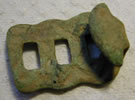 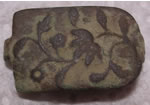 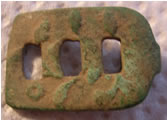  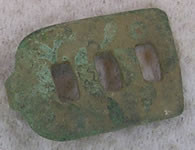 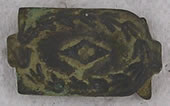 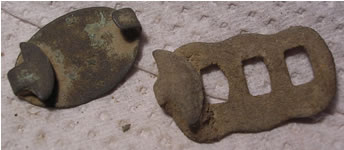 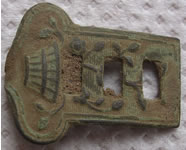 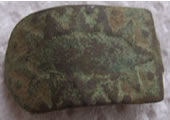    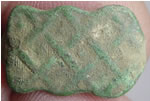 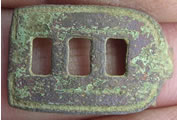  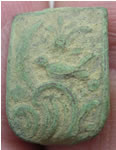 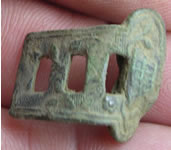  |
||||||||||||||||
    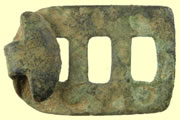 |
||||||||||||||||
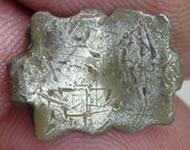 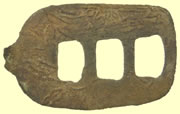 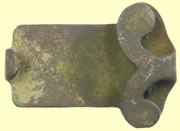  |
||||||||||||||||
|
||||||||||||||||
|

